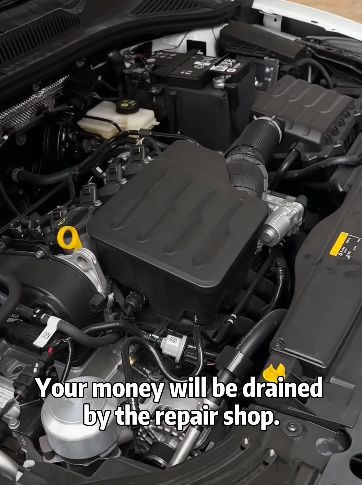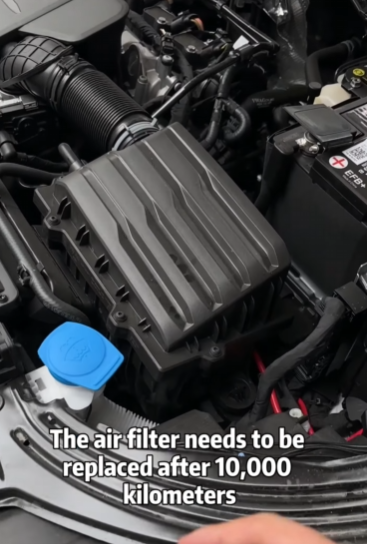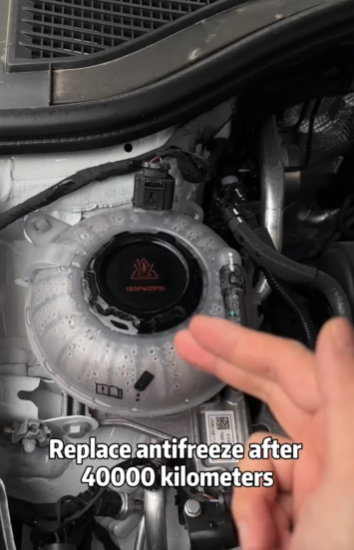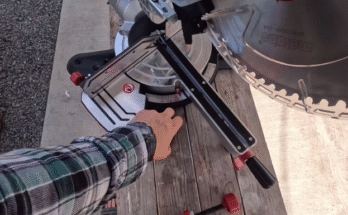
When it comes to owning a car, one of the most important (yet often overlooked) aspects is regular maintenance. Many drivers assume that as long as their vehicle starts in the morning and gets them from point A to point B, all is well. But here’s the reality: failing to maintain your vehicle properly can lead to costly repairs, safety issues, and a shorter lifespan for your car.
Understanding the maintenance intervals of key automobile parts can make all the difference. Not only will it save you money in the long run, but it also keeps your car running smoothly and safely. So, how many of these maintenance intervals do you know?

1. Engine Oil and Oil Filter
Interval: Every 3,000 to 7,500 miles
This is one of the most well-known and critical maintenance tasks. Engine oil lubricates your engine’s internal components, reducing friction and preventing wear. Depending on your vehicle and oil type (conventional vs. synthetic), oil change intervals can vary. Always check your owner’s manual for the recommended schedule.
Tip: Don’t forget the oil filter! It catches debris and contaminants that could harm your engine.
2. Tire Rotation and Alignment
Interval: Every 5,000 to 7,500 miles
Rotating your tires ensures even wear and extends their life. Proper alignment ensures your vehicle drives straight and reduces tire wear, improving fuel efficiency and handling.
Tip: Rotate your tires every time you change the oil to keep things simple.
3. Air Filter Replacement
Interval: Every 12,000 to 15,000 miles
Your engine air filter prevents dirt and debris from entering the engine. A clogged air filter can reduce performance and fuel efficiency.
Tip: If you drive in dusty environments, check your air filter more frequently.

4. Brake Pads and Rotors
Interval: Every 25,000 to 70,000 miles
Brake pad wear depends on driving habits, road conditions, and vehicle type. Worn brake pads can reduce stopping power and damage the rotors, leading to expensive repairs.
Tip: Listen for squeaking or grinding sounds and pay attention to reduced braking responsivenes
5. Transmission Fluid
Interval: Every 30,000 to 60,000 miles
Transmission fluid keeps your gears shifting smoothly. If neglected, it can cause overheating, gear slippage, and eventual transmission failure.
Tip: Some newer cars use “lifetime” transmission fluid, but it’s still wise to check with your mechanic.
6. Coolant/Antifreeze
Interval: Every 30,000 to 50,000 miles
Coolant regulates your engine’s temperature and prevents it from overheating. Over time, it loses its effectiveness and can cause engine damage.
Tip: Flush and replace the coolant as recommended, especially before winter or long trips.
7. Spark Plugs
Interval: Every 30,000 to 100,000 miles
Spark plugs ignite the fuel-air mixture in the engine. Worn-out plugs can cause misfires, poor fuel economy, and starting issues.
Tip: Newer vehicles often use long-lasting spark plugs. Consult your owner’s manual.

8. Battery Check and Replacement
Interval: Every 3 to 5 years
A car battery powers the electrical components and is essential for starting your vehicle. Over time, it loses its charge and can fail unexpectedly.
Tip: Test your battery regularly, especially before winter, and look out for slow engine cranking.
9. Timing Belt or Timing Chain
Interval: Timing Belt: Every 60,000 to 100,000 miles; Timing Chain: Typically longer
The timing belt/chain synchronizes the engine’s functions. If a timing belt breaks, it can result in catastrophic engine damage.
Tip: Some cars use timing chains which last longer, but still require periodic inspection.
10. Cabin Air Filter
Interval: Every 15,000 to 30,000 miles
This filter keeps the air inside your car clean and free from pollutants. A dirty filter can reduce airflow and affect air conditioning performance.
Tip: If you notice musty smells or poor airflow from your vents, check the cabin filter.
11. Fuel Filter
Interval: Every 30,000 to 60,000 miles
The fuel filter prevents debris from entering your engine via the fuel. A clogged filter can reduce performance and fuel efficiency.
Tip: Some newer vehicles have fuel filters built into the fuel pump; check your manual.

12. Serpentine Belt
Interval: Every 60,000 to 100,000 miles
This belt powers multiple engine components including the alternator and air conditioning. If it fails, your car could stop running.
Tip: Inspect the belt for cracks or fraying during regular service.
13. Windshield Wiper Blades
Interval: Every 6 to 12 months
Worn wiper blades reduce visibility and are a major safety hazard. They’re inexpensive and easy to replace.
Tip: Change them at the start of winter and summer seasons.

Conclusion
Keeping up with maintenance intervals isn’t just for car enthusiasts or mechanics. It’s essential for anyone who wants a safe, efficient, and long-lasting vehicle. Your car is an investment – treat it like one. Know your intervals, stick to a schedule, and don’t ignore the warning signs.
How many of these intervals did you know before reading this? If you learned something new, maybe it’s time to give your car a little TLC today!



